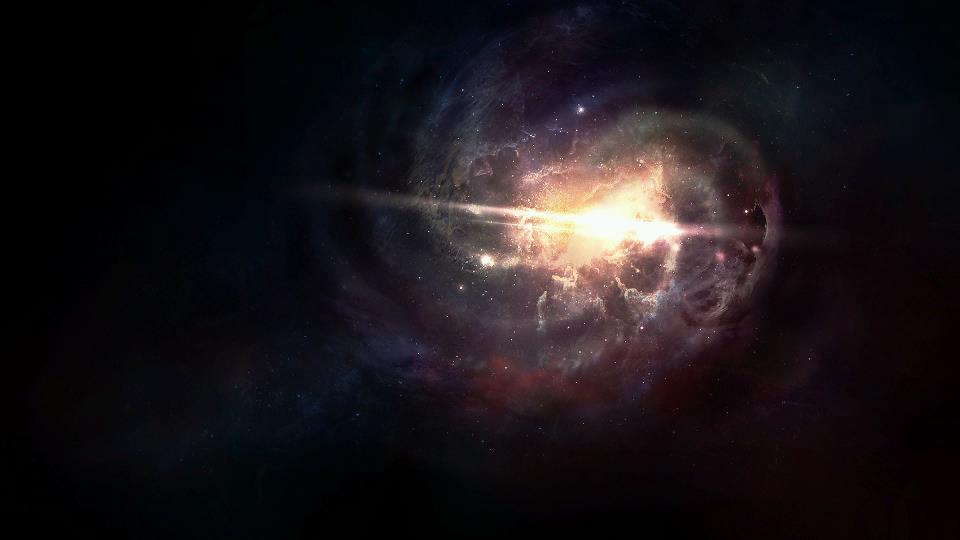To the untrained and naked eye, the night’s sky might seem like a vast expanse of black dotted only with twinkling white. While there is no doubt that the universe would be no less fascinating and beautiful if this were the case, it takes only a carefully considered look to reveal so much more.
If you take a closer view of the universe on a clear evening, you’ll see not just the sparkle of diamonds, but jewels of almost every colour of the rainbow. In amongst the wealth of silver, you’ll spot some stars burning with a low, red warmth and others blazing in a fierce, bright blue. Our own sun, itself a star, seems to our eyes to be a brilliant gold.
The difference in colour that stars can appear to human eyes effectively boils down to two causes: distance from the Earth and temperature.
Our sun generally gives off a clear white light because it burns at a temperature of 6,000 Kelvin. From further out into space, this whiteness is more evident. From where we, as a species, exist on Earth – a measly 149.6 million kilometres from the sun – the light looks richer, appearing yellow or gold, because we’re getting flashes of the burning process from our position.
This isn’t the case for all the stars we can see that seem to be white.
The reason that the vast, vast majority of the stars you can see look white is simply because they’re so far away. The further light has to travel, the less detail our eyes can pick up. The further away you are from the star you’re looking at, the less likely you are to be able to distinguish a colour.
When you think it about how far away most stars are from the Earth, it seems a miracle we ever spot them at all!
The stars that do have a clear and distinct colour are generally those that are fairly close to Earth. Their surface temperature is the main factor in determining the colour you see.
Stars that burn at a cooler temperature give off a largely red glow. They are called, perhaps expectedly, red dwarf stars. They are much smaller, in terms of mass, that our sun is – sometimes as low as 7.5% of our sun’s mass. Throughout their core, they don’t burn with the same level of intensity and have a surface temperature of around 3,500 Kelvin.
Red giant stars also give off a red colour. These are solar-mass stars that are bloated since burning through their reservoirs of hydrogen fuel. Unlike red dwarves, these stars are incredibly large. But due to their size, their heat has to be spread out across a much larger surface area, so their outer edges still have a comparably low temperature.
The stars that we see as blue exist at the complete opposite ends of the spectrum. They are many, many times the volume of our sun and have vastly hotter surfaces. The coolest star that the human eye identifies with a blue tone will still burn a temperature of higher than 10,000 Kelvin.
Many are hotter and larger still, with some hypergiant stars burning at temperatures at high a 40,000 Kelvin. These are the largest stars in the universe and can teach us the most about stellar evolution and the way stars form, stabilise and eventually die.






